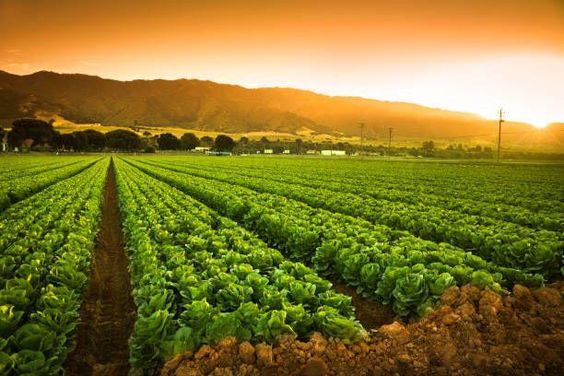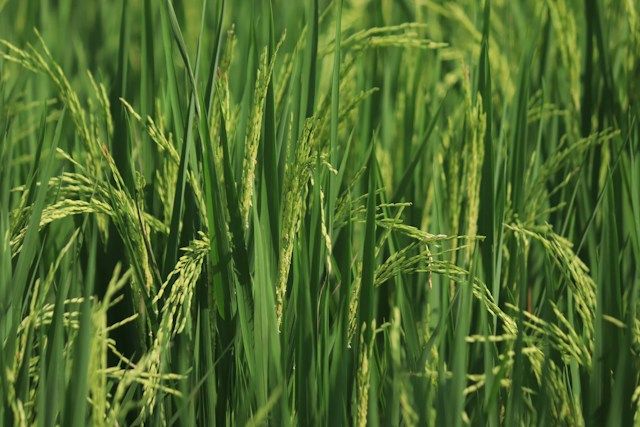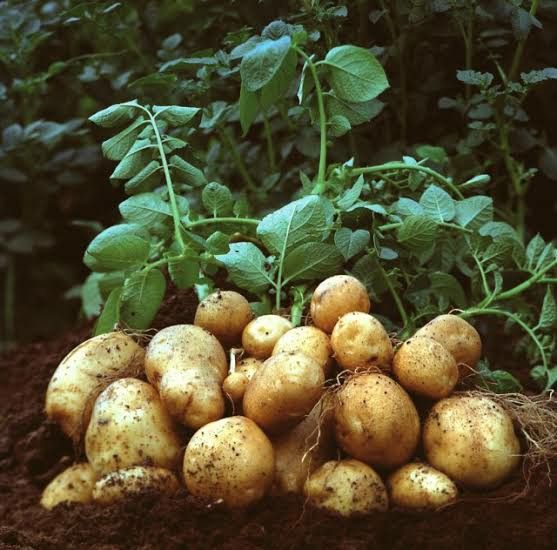Cultivating the Future: How Agricultural Robotics is Revolutionizing Smart Agriculture
Agricultural Robotics sector faces a multitude of challenges. From a growing global population to a changing climate, farmers are under increasing pressure to produce more food using fewer resources. Smart agriculture, with its integration of technology and data-driven practices, has emerged as a potential solution. Within this domain, agricultural robotics is rapidly transforming the way we farm, promising increased efficiency, sustainability, and profitability.
Contents
The Rise of Agricultural Robotics
Agricultural robots are machines designed to perform tasks traditionally done by human labor in farm settings. These robots come in various forms, from autonomous tractors and planting machines to robotic arms for harvesting and fruit picking. They are equipped with sensors, cameras, and artificial intelligence (AI) that allow them to operate with precision and adapt to changing conditions.
The adoption of agricultural robots is driven by several factors. Firstly, the availability of advanced technologies like AI and machine learning has enabled the development of robots capable of complex tasks. Secondly, the rising cost of labor, particularly in developed countries, makes automation a financially attractive option for farmers. Finally, the increasing awareness of sustainable practices has led to a demand for solutions that can reduce environmental impact.
The Benefits of Agricultural Robotics
Agricultural robots offer a multitude of benefits for the agricultural sector. Here are some of the key advantages:
- Increased Efficiency: Robots can operate tirelessly for extended periods, significantly improving efficiency compared to human labor. This allows farmers to cover larger areas and complete tasks faster, leading to increased productivity.
- Improved Precision: Equipped with advanced sensors and AI, agricultural robots can perform tasks with greater precision than humans. This translates to better seed placement, more targeted application of fertilizers and pesticides, and reduced crop waste during harvesting.
- Reduced Labor Costs: As mentioned earlier, the rising cost of labor is a major concern for farmers. Agricultural robots can alleviate this pressure by automating tasks that were previously done manually.
- Enhanced Data Collection: Robots equipped with sensors can collect valuable data on soil conditions, crop health, and other metrics. This data can then be used to optimize farming practices and improve yields.
- Reduced Environmental Impact: By enabling the use of precision agriculture techniques, robots can help minimize the use of water, fertilizers, and pesticides. Additionally, some robots can be used for weed control and other tasks, reducing reliance on herbicides.
- Improved Worker Safety: Many agricultural tasks are physically demanding or involve exposure to hazardous chemicals. Robots can take over these tasks, reducing the risk of injuries and illnesses among farmworkers.
Applications of Agricultural Robotics
Agricultural robots are being developed for a wide range of applications across the agricultural value chain. Here are some specific examples:
- Planting and Seeding: Autonomous robots can precisely plant seeds at optimal depths and distances, ensuring uniform growth and maximizing yield potential.
- Weed Control: Robotic weeders can identify and eliminate weeds using mechanical or laser-based methods, reducing reliance on herbicides.
- Irrigation Management: Robots equipped with soil moisture sensors can automate irrigation, ensuring crops receive the right amount of water at the right time.
- Harvesting: Robotic harvesting systems are being developed for various crops, including fruits, vegetables, and grains. These robots can harvest crops with greater efficiency and minimize damage compared to traditional methods.
- Livestock Management: Robots are being used for tasks such as milking cows, feeding livestock, and monitoring animal health.
Challenges and Considerations
Despite the numerous benefits, agricultural robotics also presents some challenges. The initial cost of purchasing and maintaining robots can be high, particularly for small-scale farmers. Additionally, the technology is still under development, and the capabilities of robots may be limited in certain areas. Furthermore, the widespread adoption of agricultural robots may raise concerns about job displacement in the agricultural sector.
To address these challenges, several factors need to be considered. Firstly, there is a need for government support and incentives to encourage farmers to invest in robotics. Secondly, research and development efforts should focus on creating more affordable and versatile robots suitable for different farm sizes and types of crops. Finally, strategies need to be developed to address potential job losses and ensure a smooth transition towards a more technology-driven agricultural sector.
The Future of Agricultural Robotics
The field of agricultural robotics is rapidly evolving, with new and innovative solutions emerging all the time. As the technology matures and becomes more affordable, we can expect to see a significant increase in the adoption of robots on farms. This will undoubtedly transform the agricultural sector, making it more efficient, sustainable, and profitable.
Conclusion
Agricultural robotics holds immense potential to revolutionize the way we farm. By leveraging the power of automation and AI, robots can address the challenges faced by the agricultural sector and ensure food security for a growing global population. As we move forward, it is crucial to embrace this technology while addressing the associated challenges to create a more sustainable and productive agricultural future.




